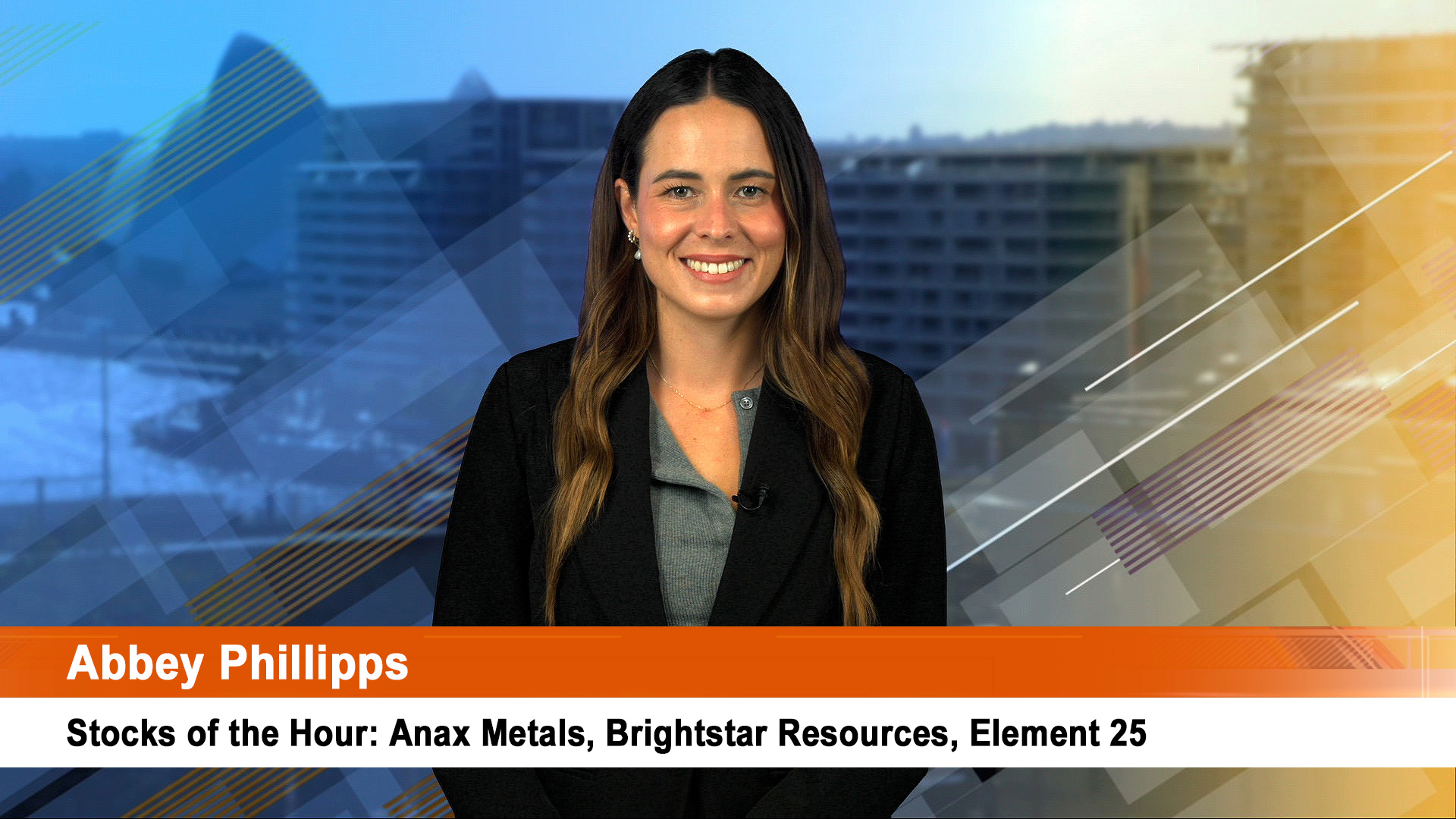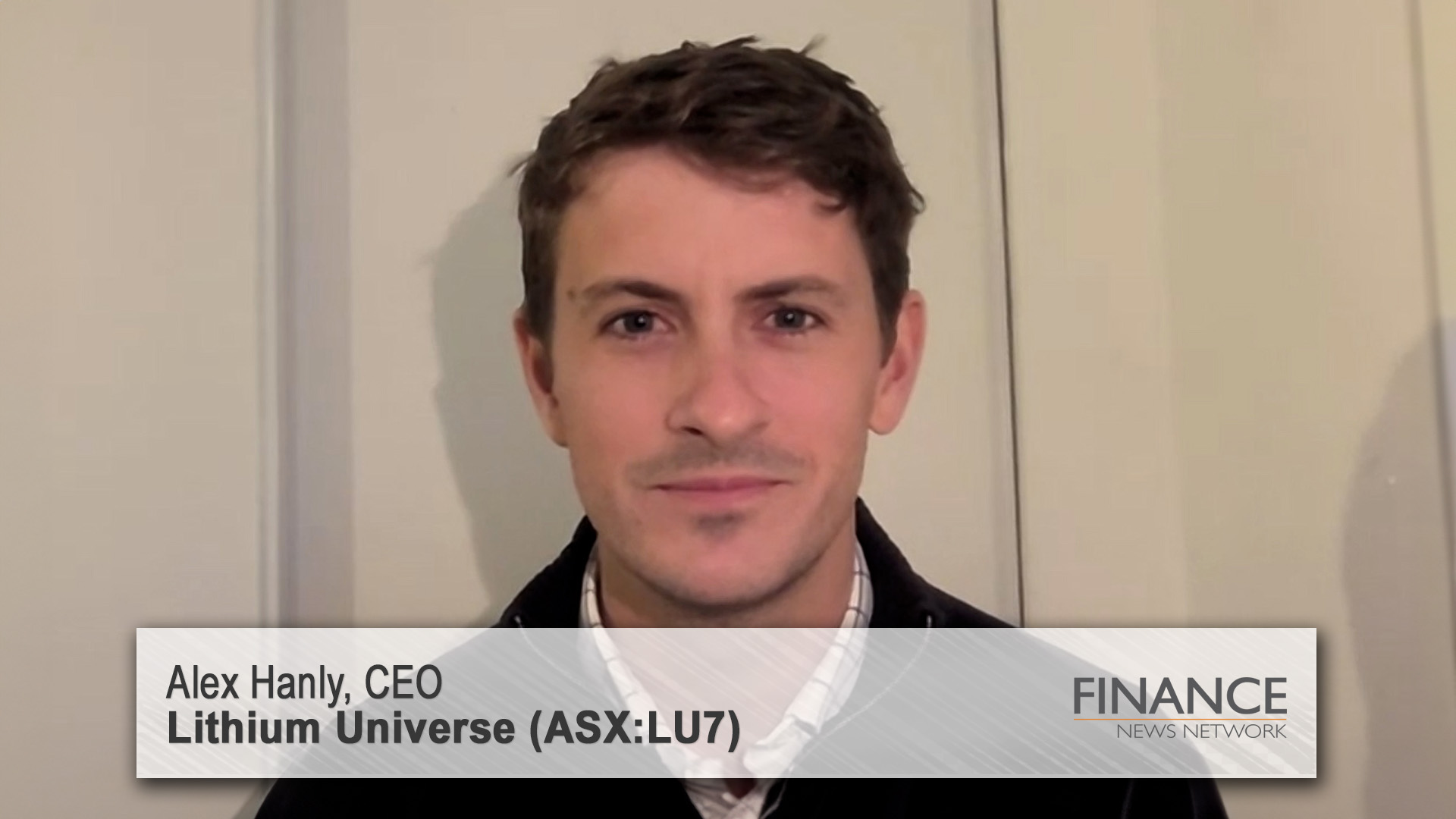No change at the Fed, or RBNZ, but watch Greece, it’s new government and some of its odd ideas are worrying markets.
As expected, the US Federal Reserve and the Reserve Bank of New Zealand have sat pat on interest rates at their first meetings of 2015.
In Washington, the Fed’s non-decision means it will be the middle of the year before US interest rates could start rising, but that is not a given.
That decision saw share price turn down, added to the downward pressure on gold and oil and boosted the US dollar, which again pushed the Aussie currency down to close to 79 US cents in Asian trading this morning, from more than 80 US cents last night.
Another rise in US oil stocks saw the West Texas futures price sell off to new lows of just over $US44 a barrel, a nasty 4.3% plus drop. Gold also fell around $US8 to $US1,286 an ounce.
The Fed’s statement saw US bond yields fall, with the 30 year bond saw a record low of 2.295% reached in late trading, down a massive 10.3 basis points.
Some of that fall was due to the Fed’s statement, but analysts also pointed to rising fears about the stability of Greece and the Eurozone as investors pushed money into US Treasuries for safety. Media reports say billions of dollars in cash has flowed out of Greece this month for Luxembourg and other bolt holes.
The turndown in US share prices came late in the day – earlier US markets had ignored another slide in Greek share prices and a rise in yields on Greek bonds to more than 10% for the key 10 year bond, and over 17% for two year bonds.
Greece is rapidly moving to the front of the queue so far as eurozone fears are concerned, and that will quickly impact other markets as well.
The sell off on Wall Street accelerated in the last hour of trading and in turn that saw the Australian futures market fall and the local market will likely start the day down by close to 60 points, according to the Share Price Index.
Adding to the pressures in Australia will be another dip in the spot price of iron ore to $US62.70 a tonne from $US62.80 overnight Tuesday.
The Fed signalled in its post meeting statement that it had not changed its thinking on interest rates.
Despite weaker global growth and falling inflation at home and overseas, the Fed made it clear it remains on course to raise short-term interest rates later this year.
The central bank held its key rate at 0% to 0.25% and said the US economy is now expanding at a “solid” pace with strong gains in employment.
Amid falling energy prices, the Fed said it expects inflation to drop further in the near-term, but then rise back toward its 2% target as the jobs market improves further.
Falling energy prices “have boosted household spending power," it said. The statement noted that inflation expectations had fallen substantially in financial markets but that survey measures were stable.
The Fed repeated its December guidance that it would be “patient” in raising interest rates, meaning it was unlikely to act for at least the subsequent two meetings of its Federal Open Markets Committee. That puts the first possible decision in June.
Across the Tasman, the Bank of New Zealand Governor Graeme Wheeler left the Official Cash Rate unchanged at 3.5% and let it be known that there wouldn’t be a change “for some time”.
"In the current circumstances, we expect to keep the OCR on hold for some time. Future interest rate adjustments, either up or down, will depend on the emerging flow of economic data,” Mr Wheeler said this morning in a statement.
The reason for the change of approach – from hinting at possible future rate rises, to ruling them out for an indefinite period of time – wasn’t hard to find in the statement.
"The high exchange rate, low global inflation, and falling oil prices are causing traded goods inflation to be very weak. Non-tradables inflation remains moderate, despite buoyant domestic demand and an improving labour market,” the RBNZ said this morning.
"Headline annual inflation is expected to be below the target band through 2015, and could become negative for a period before moving back towards 2 percent, albeit more gradually than previously anticipated.”
"Annual economic growth in New Zealand is above 3 percent, supported by rising construction activity and household incomes. The housing market is showing signs of picking up, particularly in Auckland. However, fiscal consolidation, the reduced dairy payout, the risk of drought, and the high exchange rate will weigh on growth.
"While the New Zealand dollar has eased recently, we believe the exchange rate remains unjustified in terms of current economic conditions, particularly export prices, and unsustainable in terms of New Zealand’s long-term economic fundamentals. We expect to see a further significant depreciation,” the governor said.













